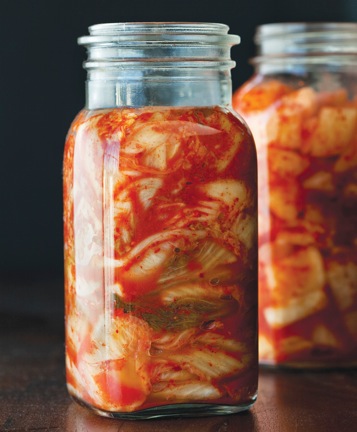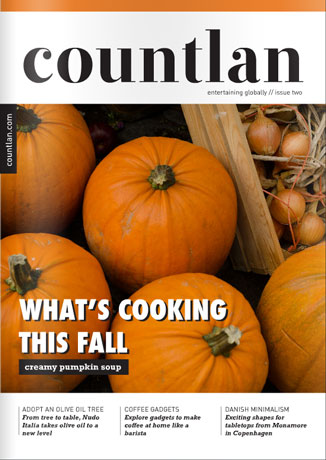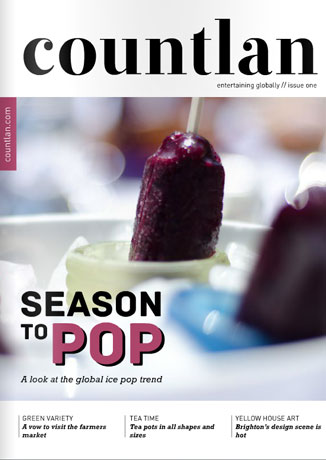
Get More Kimchi with MILKimchi
Unless you grew up with kimchi on your table, it may not be the first (or last) item you think about when menu planning. What exactly is kimchi? Why is it getting more attention on the international food scene? Why should you care as a home entertainer? We have answers for all three questions.
A BRIEF HISTORY OF KIMCHI:
Kimchi is a Korean dish and is made by salting vegetables. Kimchi is commonly associated with cabbage but in reality, any vegetable can be kimchi. Originally, the dish flourished in Korea due to a need to preserve vegetables during the winter months when access to fresh vegetables was limited.
Kimchi has evolved from its origins around the 7th century when vegetables were simply salted and stored to its more modern version when the addition of spices and chili peppers were introduced to the dish in the late 18th century. Due to its popularity and health benefits, kimchi can be found all over the world in supermarkets, Korean restaurants and on food trucks.
In the second issue of Countlan Magazine, we shared with you why kimchi is the next great dish to test out on your table. Here are five more questions, we were dying to ask Lauryn Chun, owner of MILKimchi.
INTERVIEW: Lauryn Chun, Owner, MILKimchi {New York}
01 How does one stuff a cabbage to prepare kimchi?
Napa cabbage is prized in Asian culture because it is a delicate cabbage. It has 25% more water than other cabbages so it softens nicely once you brine it with salt. Brining a cabbage with salt makes the leaves more pliable. Once pliable, you can flip the long leaves and put stuffing inside.
To begin, you put the entire cabbage halves in salty brine water- your water should be similar to the salinity of cooking pasta- You let the cabbage halves sit overnight. Within 10-12 hours, the salt water makes the whole cabbage kind of limp. Rinse the rest of the salt away and put the stuffing in to prepare the cabbage for the filling and absorption of the seasonings.
02 What kind of salt should be used when making kimchi?
Sea salt ideally. The cookbook also uses kosher salt because we recognize that it might be more readily available. Remember, you are only using salt to prepare the vegetable to help it open its pores. Then you are seasoning it with other things. So it is not a direct salt on the vegetable.
03 What else can a reader expect from the book?
I hope the Kimchi Cookbook can give a general framework of how to approach kimchi. My goal was to give people a better understanding of what it is and how to apply it in their life. The health benefits of eating vegetables in this way are wonderful and not to mention economical. Adding a little salt to your vegetables is such an ancient, basic way to eat but its beyond just eating vegetables in salads in a raw format. This way you get the benefit of lactic bacteria in our diets. It is about learning to use the produce at hand.
04 How many products does MILKimchi offer?
Four– The newest one is white kimchi (non-spicy). House kimchi is our best seller with long strips of Napa cabbage. We have a Daikon radish kimchi (winter) and a vegan Napa cabbage kimchi for people who don’t want the traditional fish sauce and salted shrimp.
Photo Source: MILKimchi
05 How do you entertain at home?
I love just the tapas style or having meals that can be enjoyed casually. I like to have sequence of food as well. If I am serving a meal, I like to have salad after a meal and a cheese course.
We just can’t wait to try some of MILKimchi’s recipes!
Check out more from Lauryn on Facebook, Twitter and Pinterest
Other Recipe Ideas with Kimchi:
- Clawson Live: Quick Kimchi Cucumbers
- Cook’s Hideout: Vegan Kimchi with Ginger and Chilies
- China Sichuan Food: Homemade Kimchi
- Omnivore’s Cookbook: Kimchi Tofu Meatball Stew
- Sweetgreen: Kimchi Roasted Brussels Sprouts
- Happy Yolks: Kimchi Ramen







